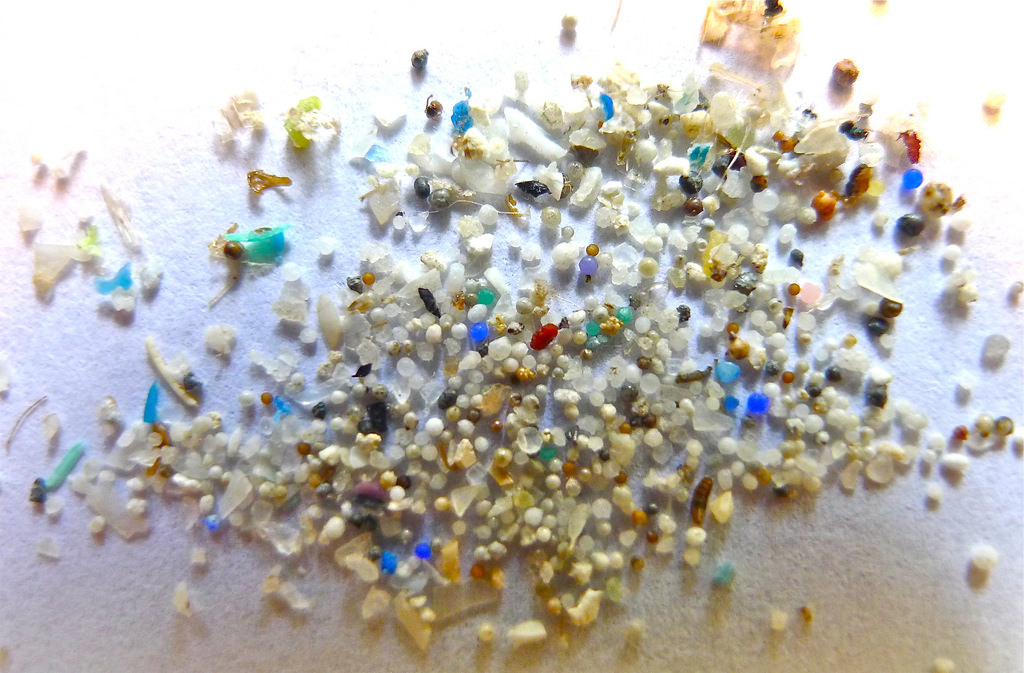Plastics in our waste streams are breaking down into tiny particles and causing potentially catastrophic consequences for human health and our aquatic systems, according to new research from the University of Surrey and Deakin’s Institute for Frontier Materials.
“The presence of nano and microplastics in water has become a major environmental challenge,” said Judy Lee, the project’s lead and senior lecturer at the University of Surrey. “Due to their small size, nano and microplastics can easily be ingested by living organisms and travel along water and wastewater treatment processes. In large quantities they impact the performance of water treatment processes by clogging up filtration units and increasing wear and tear on materials used in the design of water treatment units.”
The project investigated nano and microplastics in water and wastewater treatment processes. The research team found that tiny pieces of plastic break down further during treatment processes, reducing the performance of treatment plants and impacting on water quality.
There has been substantial study of microplastics pollution, but their interaction with water and wastewater treatment processes had not been fully understood until now.
Approximately 300 million tons of plastic are produced globally each year and up to 13 million tons of that is released into rivers and oceans, contributing to approximately 250 million tons of plastic by 2025. Since plastic materials are not generally degradable through weathering or ageing, this accumulation of plastic pollution in the aquatic environment creates a major concern.
The research highlights the current difficulty in detecting the presence of nano and microplastics in treatment systems. In order to ensure water quality meets the required safety standards and to reduce threats to our ecosystems, new detection strategies are needed with the aim of limiting the number of nano and microplastics in water and wastewater treatment systems.
The research was led by Dr. Judy Lee and Marie Enfrin from the Department of Chemical and Process Engineering at the University of Surrey and Dr Ludovic Dumée at Deakin’s Institute for Frontier Materials. A copy of the full report is available here.









